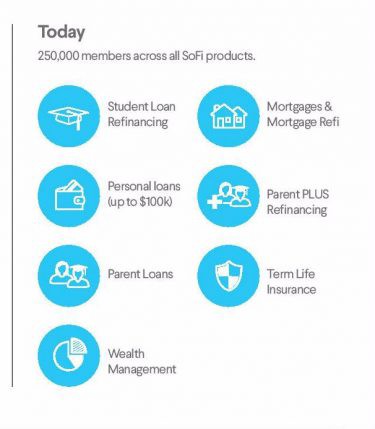Introduction
Over the past four months, we’ve had extensive conversations with ABS market participants to discuss the new Asset Level Disclosure (ALD) requirements for public US securitizations. We discovered that many market participants have been overwhelmed with the volume of loan-level data and are at a loss on how they can readily derive value from it. In the following research piece, we answer commonly asked questions and provide guidance for incorporating ALD data into the investment process.
Specifically, we highlight the need for participants to (1) access standardized ALD data on-demand in an easily digestible and consistent manner, (2) unlock complex relationships and insights within and across securitization trusts, and (3) develop benchmarks for performance.
What is the scale of the data and how does one access it? By December 2017, we project there will be ~100 securitization trusts with over 34GB of data for just the auto-loan, auto-lease, and CMBS verticals. Given the data size and update frequency, we believe the market needs a centralized hub so users can access it easily in a consistent, clean format that has cash flow-specific fields.
Read more